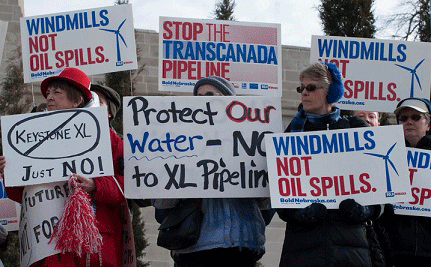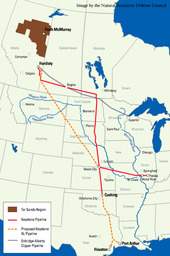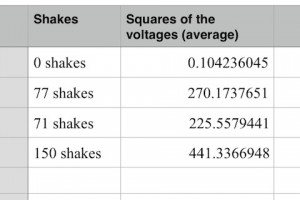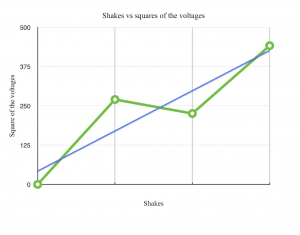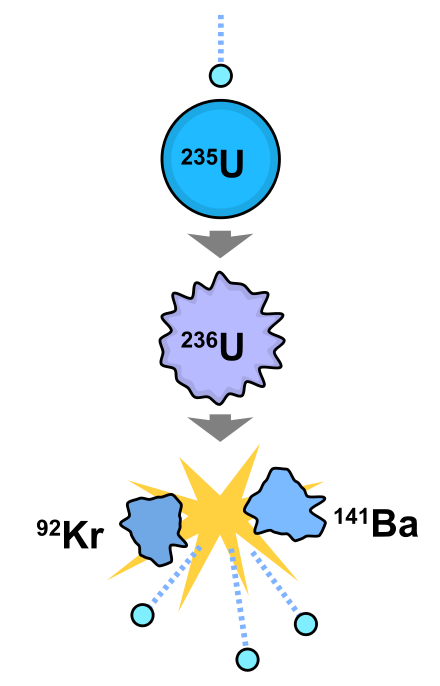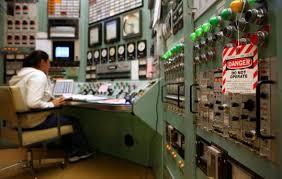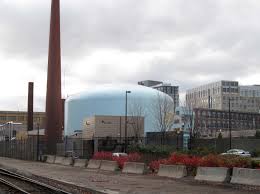The Keystone XL Pipeline is an oil pipeline that Canadian company, TransCanada, is looking to try to build that will travel down through the United States. This pipeline, if built, will be starting in Alberta, Canada and travel all the way through the Gulf Coast of Texas. This pipeline would be 2,000 miles long. Of course, this is something that TransCanada will be trying to promote, but there does seem to be many down sides to having this pipeline run through the United States.
Some people think that the idea of “building the Keystone XL [brining] 830,000 barrels a day of Canadian crude oil to the Gulf Coast where it will be made into gasoline, diesel or aviation fuel to be sold in the United Staes” is a great idea (BuildKXL). This may seem like a good idea for us as consumers, but what are all the downsides of this if it were to happen? From the many possibilities, there could be water pollution, forest destruction, and pipeline spills.
Beginning with forest destruction, if this pipeline were to be built, large amounts of forest will have to be destroyed. Yes, this pipeline would be going in to serve a purpose, but the forest is something that serves a much greater purpose. In this quote, Friends of the Earth explain the importance the forests have to us and what would happen if they were destroyed, “The forests not only serve as an important carbon sink, but its biodiversity and unspoiled bodies of water support large populations of many different species. They are a buffer against climate change as well as food and water shortages. However, in the process of digging up tar sands oil, the forests are destroyed” (Friends of the Earth).
Pipeline spills and water pollution can happen together within the same time. If there were to be a pipeline spill, it could pollute the air, water, or even in the ground and kill anything that lives within the ground. Friends of the Earth again explain how pipeline spills would affect the US when they say, “The probability of spills from this pipeline is high and more threatening than conventional spills, because tar sands oil sinks rather than floats, making clean ups more difficult and costly” (Friends of the Earth). Here they also mention cost. With any pipeline, this is a possibility, but this pipeline travels through many different rivers, states, various land, and many more places. The expense that would have to be paid if it were to spill is an extreme amount of money.
There are other ways we have been getting oil and I do not feel that the Keystone XL Pipeline is something necessary that needs to be built.
Sources:
http://buildkxlnow.org/
http://www.thegreenmarketoracle.com/2011_09_01_archive.html
http://www.foe.org/projects/climate-and-energy/tar-sands/keystone-xl-pipeline
